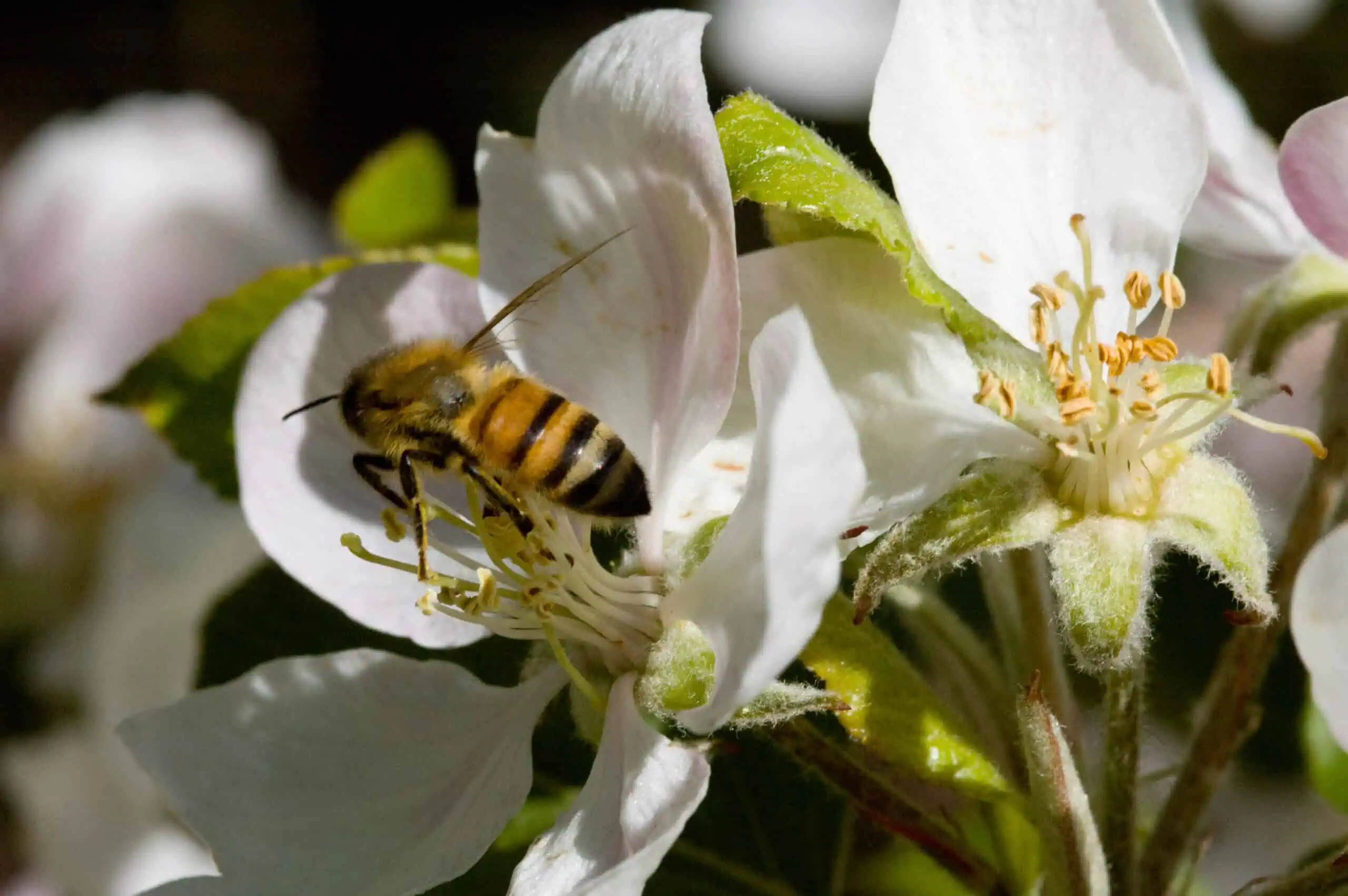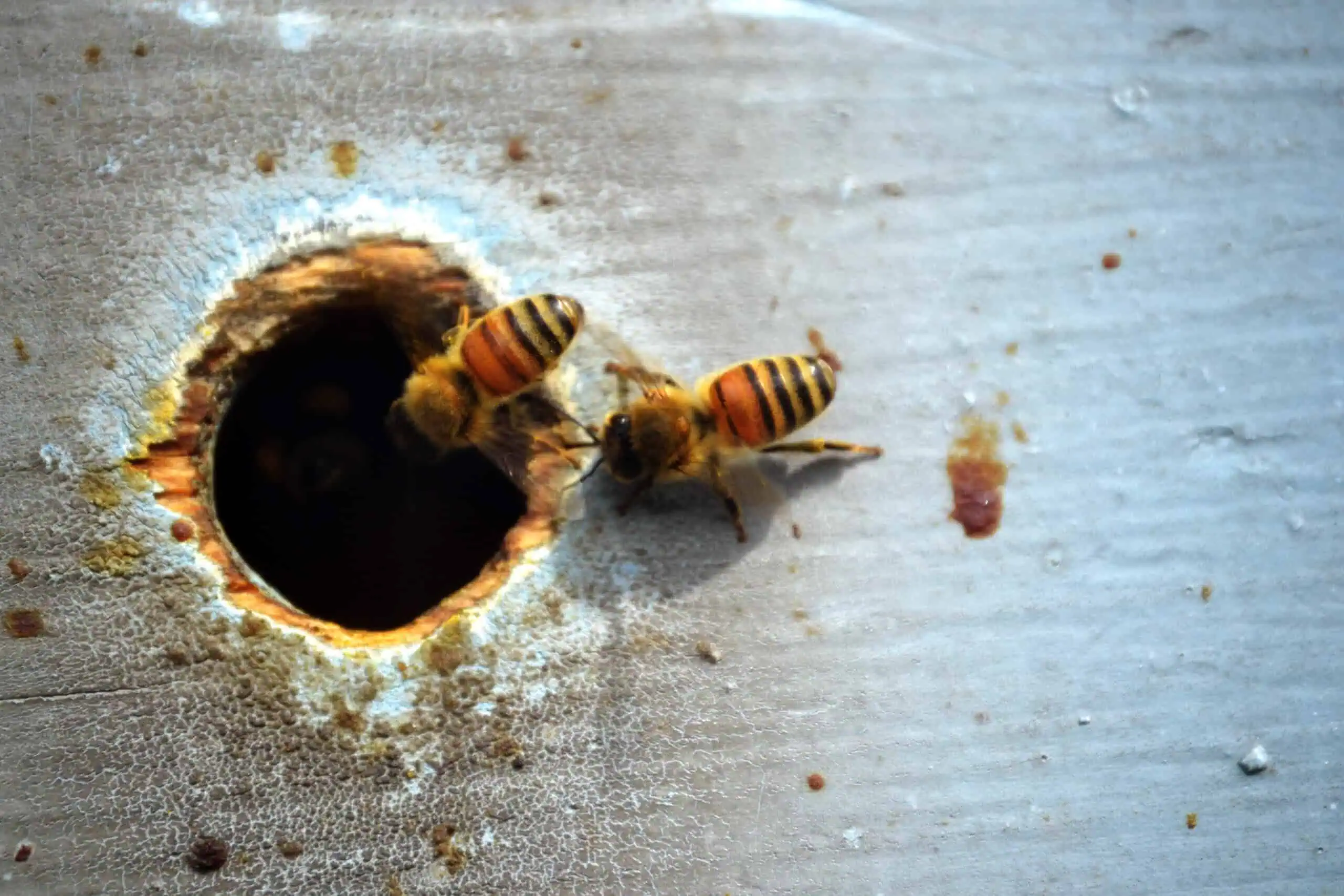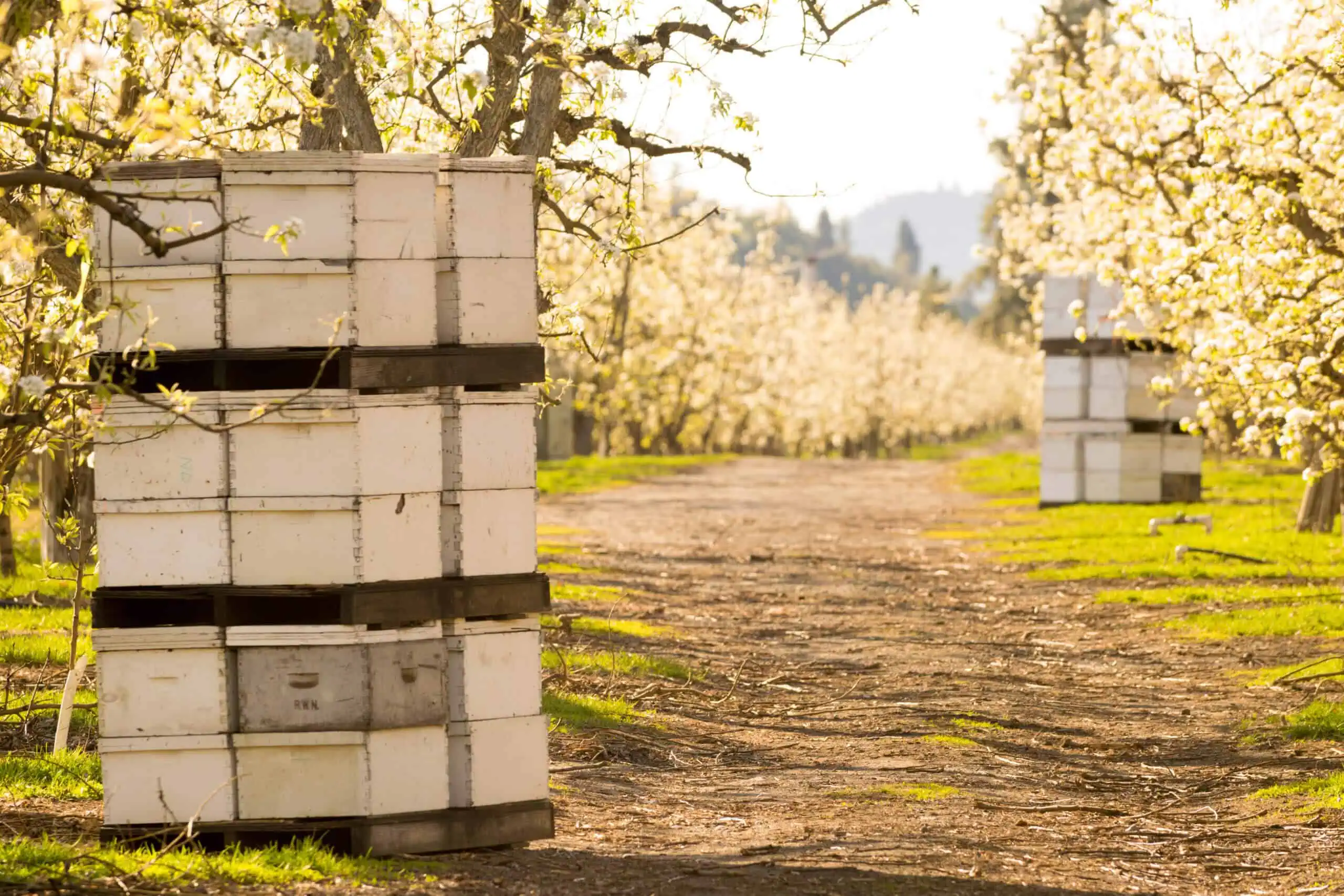Importance of Honey Bees in the Orchards
|
Let’s Get Pollinating!
After a long winter with some very unusual weather patterns, our little town of Wenatchee, WA has finally made it to spring. Cherry bloom has already begun in California, meaning the days are dwindling until bloom in Washington State and we can’t wait!
As growers of apples, pears and cherries, it’s important we are fully prepared when bloom occurs. One of those responsibilities is ensuring that the bees are buzzing. The presence of honeybees in the orchards is crucial and one major factor to provide a sizable crop each year. Without honeybees and cross-pollination, a mass majority of fruits would not be available for you to eat, including apples, cherries, and pears.
So, what is cross-pollination and why is it important that we have it? Well, the overall goal of cross-pollination is to ensure that the pollen from the stamen in one flower has been transferred to the pistil of another flower. Once the pollen grain has transferred from the stamen to the pistil, the grain germinates and fertilizes the ovule developing a seed. Bees play an imperative role in this process as they are carriers of the pollen.
Do Honeybees Pollinate Apple Trees?
In order for the cross-pollinating process to work correctly, bees must have a compatible pollinating source close to the trees they are pollinating. At Stemilt, that means planting dozens of compatible trees within an orchard block, which includes both the variety that we are growing and will harvest, and the variety that is helping provide pollen and won’t be picked.
For apple trees, farmers will sometimes use crab apple trees, based on the variety they want to pollinate. However, if they know one variety is perfectly compatible with another, they will use varieties that we know and enjoy eating, like Golden Delicious. For cherries, we often use the popular Rainier cherry, as a cross-pollinating source (although some cherry varieties are self-pollinating). Our summer fruits – nectarines, peaches, and apricots – are also self-pollinating and can pollinate themselves.
As a general rule, we like to use 2 bee hives per acre. As peak bloom time occurs, we let our honeybee friends get to work. The cross-pollination process can take up to five or six days, assuming conditions are spot on. The perfect condition for bees to pollinate is when the weather is around the mid-sixties, wind is very light (under 15mph), and there are absolutely no rain drops in sight. If the weather is rainy, bees won’t fly resulting in little to no pollination.
To make the most of the bees in the orchard, we like to make it all about the bees. We ensure they are safe and comfortable, they have proper cross-pollination resources, and we hope that Mother Nature delivers good flying conditions. If all of these components add up, it will help ensure a successful crop year. Bees are a critical part of the process and we have them to thank for helping produce fruit that we love!




2 Comments. Leave new
We are a volunteer Stewardship Council in Lanark County Ontario. We would like to use your photo on this page of a bee pollinating an apple blossom in an article about pollinators in our local paper and on our website http://www.lanarkstewardshipcouncil.ca. Do we have your permission?
Franziska von Rosen
co-chair
Hi Franziska, thank you for asking! Unfortunately, we cannot grant additional publishing of our photos. Thank you for understanding.